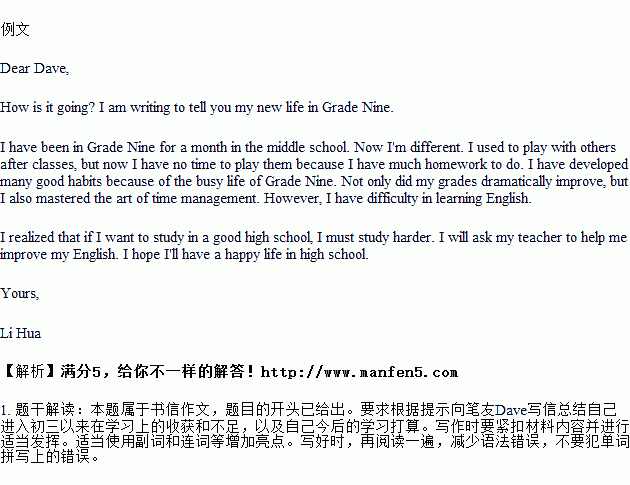题目内容
时间飞逝,进入初三已经一个多月了。你是否觉得初三的你比以前更勤学好问,善察乐思了呢?是否也正为学不好某个学科而苦恼,不知所措呢?请给你的笔友Dave写一封信总结一下自己在近段初三学习中的收获和存在的不足,并分享你今后的学习打算。
作文要求:
1、文章的开头已给出(不计入总字数)。
2、不得在作文中出现学校真实的名称和你的真实姓名。
3、词数80左右。
Dear Dave,
How is it going? I am writing to tell you my new life in Grade Nine. ________________________________________________________________________________________________________________________________________________________________________________________________________________________________________________________________________________________________________________________________________________________________________________________________________________________________________________________________________________________________________________________________________________________________________
 天天向上一本好卷系列答案
天天向上一本好卷系列答案 小学生10分钟应用题系列答案
小学生10分钟应用题系列答案 目标测试系列答案
目标测试系列答案
